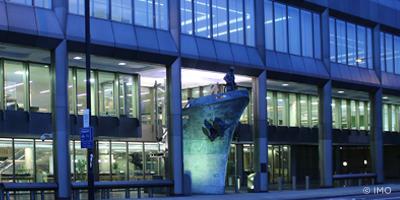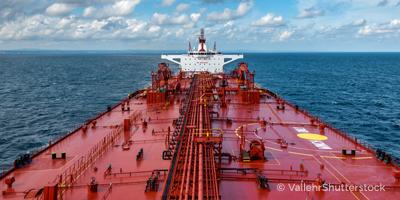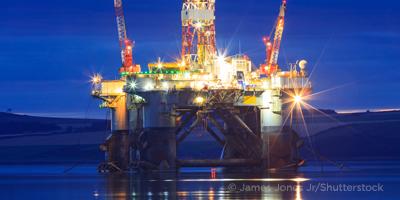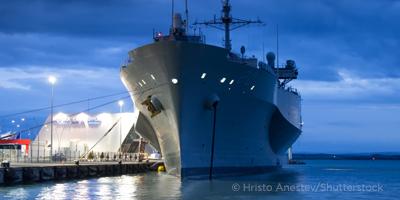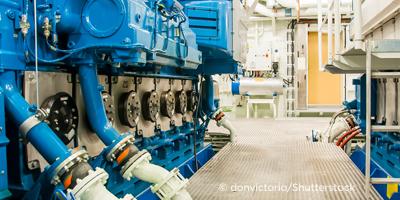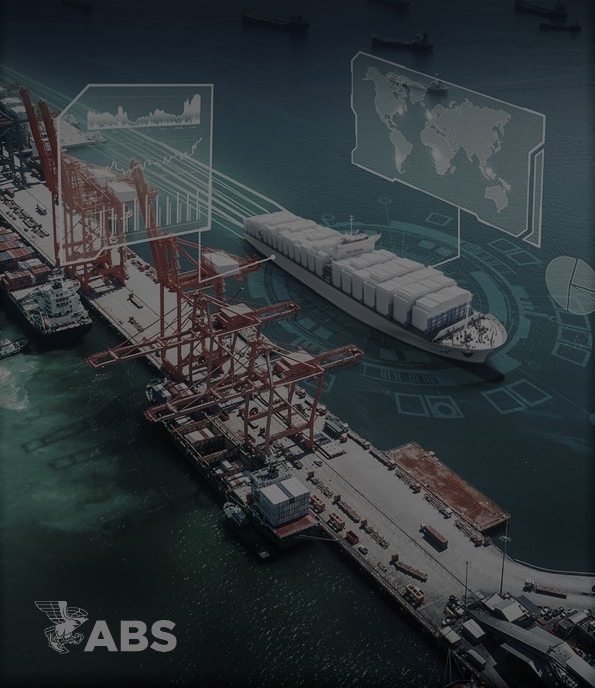The second event in the ABS Offshore Focus Series brought together industry experts at the ABS Energy Corridor office in Houston on June 22, 2016 to discuss life extension and continued service for floating structures. More than 60 attendees gathered to talk about continued service challenges for floating structures and to explore possible solutions for preserving asset integrity.
Ken Richardson, ABS Executive Vice President, Global Offshore, opened the event, welcoming the participants and outlining some of the issues that impact extending service life for aging assets. ABS Vice President, Global Offshore, Tom Ayers moderated the discussion, beginning with a real-time survey to define the demographics of the participants and determine their most pressing concerns.
More than 60 industry experts attended the second ABS Offshore Focus Series event that addressed continued service challenges for floating structures.
Survey results indicated more than 58% of participants have worked for at least 20 years in the oil and gas industry and that half of the attendees already are incorporating features into their designs to address life extension. More than 53% identified inspections and surveys as the most influential element of a life-extension project, and 91% find the regulatory process challenging.
Speakers on the first panel of the day, “Lessons Learned,” discussed processes and methodologies used on current projects and lined out some of the remaining challenges. The second panel, “Mapping the Way Forward,” focused on design considerations for new projects and potential life extension issues.
As the conversation progressed, a broad range of subjects was introduced, from HSE concerns when carrying out inspections, to the difficulty of performing physical inspections on mooring systems, to the enormous challenge of knowledge transfer from experts with decades of industry experience to younger professionals who will be instrumental in executing life-extension projects.
Jerry Blair, Manager, Parts and Service, at SOFEC Inc. turned the conversation in a new direction by introducing the subject of design and economics. “Maybe the design life should be defined by contract,” he said. “If we know a unit is going to have go to drydock in 20 to 25 years, we could make smarter design decisions on the front end.” The challenge, he said, might be in convincing owners that the up-front cost of those decisions would be worthwhile in the long run.
As expected, some creative ideas were introduced, and the need for new techniques and processes was identified, although most of the discussion was of pragmatic nature and based on the lessons learned by the industry.
ABS Vice President, Global Offshore, Tom Ayers moderated panel one that included a discussion on processes and methodologies used on current projects for floating structures. Panelists included (from left to right) Tim Frame, Facilities Engineering Advisor for Eni Petroleum; Dr. Eleni Beyko, Director, Platform Life Services, Offshore Engineering, at Technip; David Hua, ABS Group Director, Engineering; and Flora Yiu, Marine Technology Manager of Gulf of Mexico Deepwater Facilities for Anadarko.
Dr. Eleni Beyko, Director, Platform Life Services, Offshore Engineering, at Technip shared her view that operational data plays a vital role in painting a clearer picture of asset integrity. “Measured metrics are helpful in creating a hindcast of the fatigue life an asset has experienced over its service life. With this information, you can calculate how much fatigue life is left,” she said, noting that big data and advanced data analytics can make a significant difference to the scope of a life-extension project.
“Data is key,” said ABS Director of Offshore Projects Luiz Feijo. Often, he said, there is too much data to store and control; so it is important to be discriminating when determining what data is important to developing a plan. “You need to be strategic about the data that is collected. You have tons of data, but if you aren’t working with the proper data set, you don’t have what you need to make the best decisions,” he said.
Because a lot of things can affect the integrity of an offshore asset, it is important to take into account the environment in which the unit has worked, said David Hua, ABS Group Director, Engineering. “It is quite possible to carry out inspections on structures that have been on site for 20 years and to find the coatings are still in good shape.” It also is important to know how the asset has been maintained, he said. “An offshore asset is like a car in some ways. If you maintain it and keep it in good repair, it will last much longer than if you don’t.”
According to Steve Leverette, Vice President of Technology at SBM Offshore, industry needs to consider different ways of verifying asset integrity. “Can acoustic sensing methods be used in deepwater for crack detection?” he asked. “Would it be possible for a coupon to be buried so it could be retrieved at a later time to evaluate corrosion on foundation anchor systems?”
The second panel (from left to right) Jerry Blair, Manager, Parts and Service, at SOFEC Inc.; ABS Director of Offshore Projects Luiz Feijo; and Steve Leverette, Vice President of Technology at SBM Offshore, focused on solutions to improve potential life extension issues.
Leverette contends that raising awareness of the challenges could lead to innovative solutions, noting that classification societies could play a critical role in developing papers and publications that “raise cognizance” of critical issues.
As a leader of marine and offshore innovation, ABS has organized these panel discussions with that objective in mind. The Offshore Focus Series events provide a forum for open discussion among government, academia and industry with the goals of sharing knowledge, broadening understanding, and finding solutions.
ABS will host the next Offshore Focus Series event in the fall.




